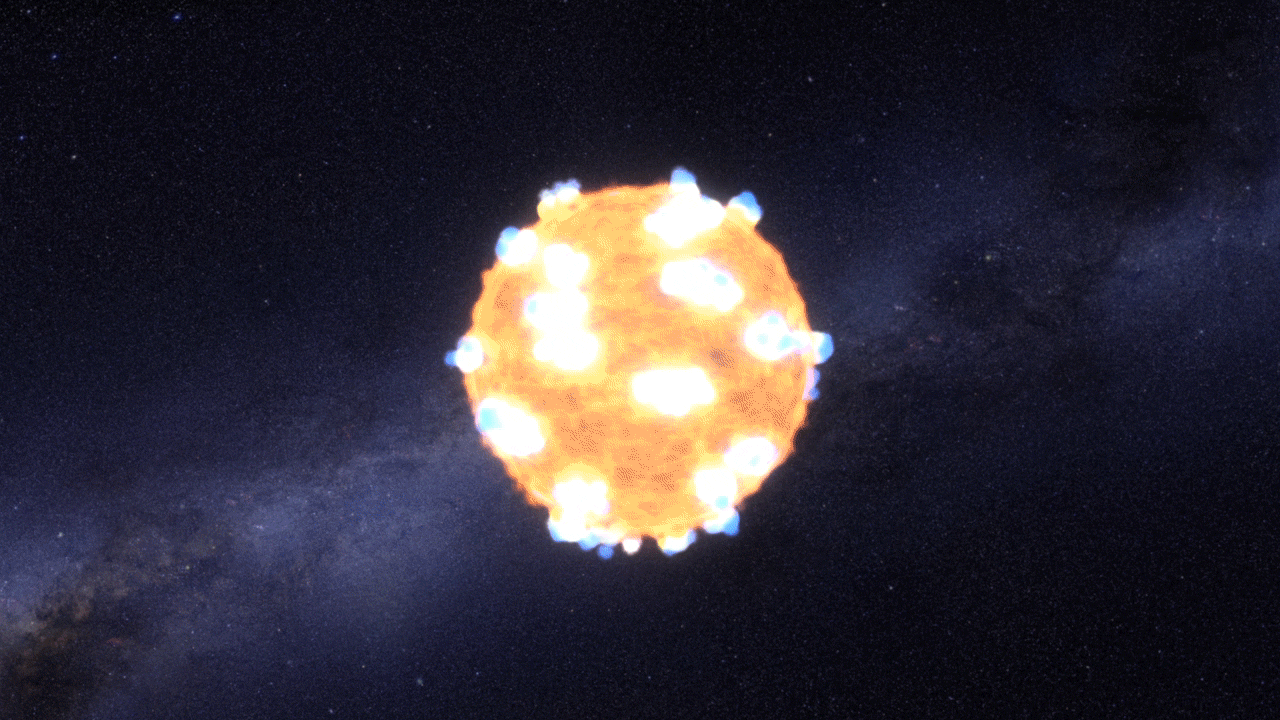
For the first time, scientists have captured images of the big shockwave of an exploding star.
Data collected by NASA’s Kepler space telescope, and being analyzed now, revealed two supernovae in 2011. While one did not reveal a “shock breakout,” possibly because it was masked by the gas that surrounds it, the other delivered a big one.
The star, located 1.2 billion lightyears away and measuring about 500 time the size of our sun, had a shock breakout of only 20 minutes. So it’s lucky that the event was recorded by Kepler, which captured light every 30 minutes, NASA says.
“In order to see something that happens on timescales of minutes, like a shock breakout, you want to have a camera continuously monitoring the sky,” said Peter Garnavich, the scientist in charge of the team that found it. “You don’t know when a supernova is going to go off, and Kepler’s vigilance allowed us to be a witness as the explosion began.”
More Must-Reads from TIME
- Cybersecurity Experts Are Sounding the Alarm on DOGE
- Meet the 2025 Women of the Year
- The Harsh Truth About Disability Inclusion
- Why Do More Young Adults Have Cancer?
- Colman Domingo Leads With Radical Love
- How to Get Better at Doing Things Alone
- Michelle Zauner Stares Down the Darkness
Contact us at letters@time.com